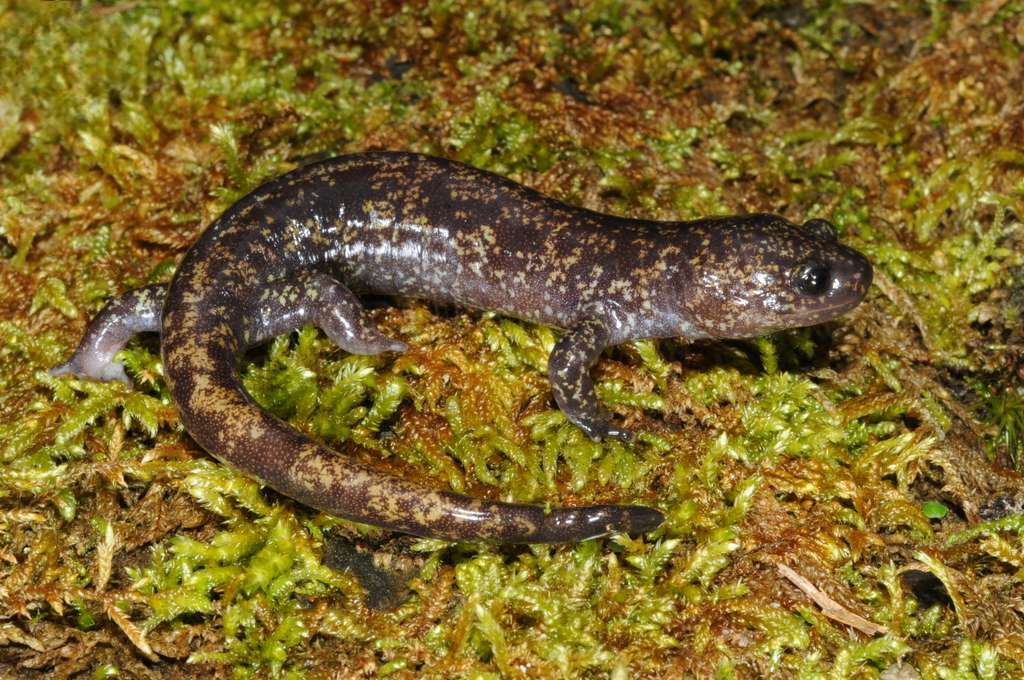
Hynobius formosanus (Formosan Salamander)
Hynobius formosanus
Hynobius formosanus—the Formosan salamander—is a Taiwan‑endemic hynobiid ···

Darwin’s Frog
Rhinoderma darwinii
Darwin’s frog (Rhinoderma darwinii) is a tiny terrestrial frog of temperate···
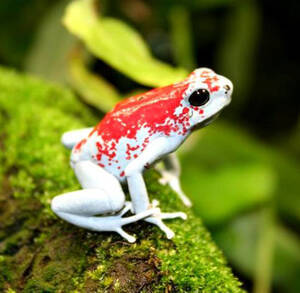
poisondartfrog
poisondartfrog,poison dart frog, poison dart frog, poison javelin frog
The scientific name of the poison dart frog is poisondartfrog. It is the mos···
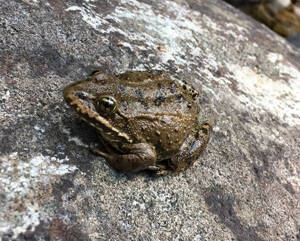
Rana luteiventris
Rana luteiventris ,Columbia spotted frog
Columbia spotted frog is a species of North American frog.Columbia spotted f···
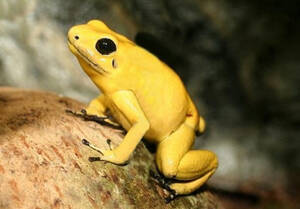
Poison-Dart Frog
Poison-Dart Frog
The Latin name of the golden poison dart frog is Poison-Dart Frog. The Engli···
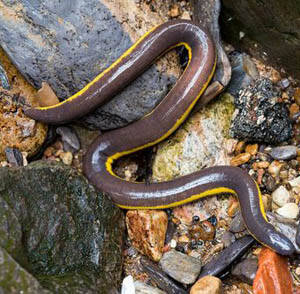
Ichthyophis bannanicus
Ichthyophis bannanicus,Banna fish newt, taro snake, two-headed snake
The Latin name of the Bannan ichthyophis is Ichthyophis bannanicus. It is a ···
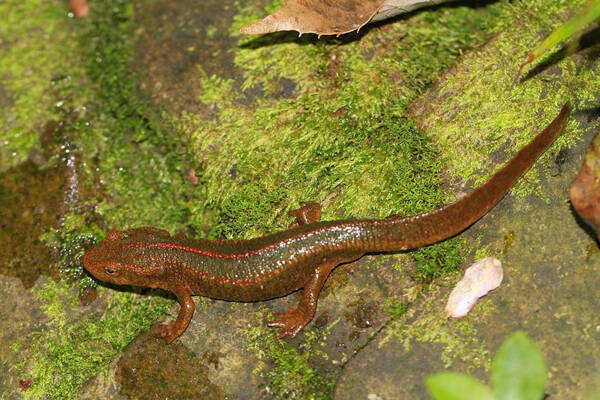
Paramesotriton caudopunctatus
Paramesotriton caudopunctatus,Spot-tailed Warty Newt
The tailed newt is a tailed amphibian belonging to the Salamandridae family ···
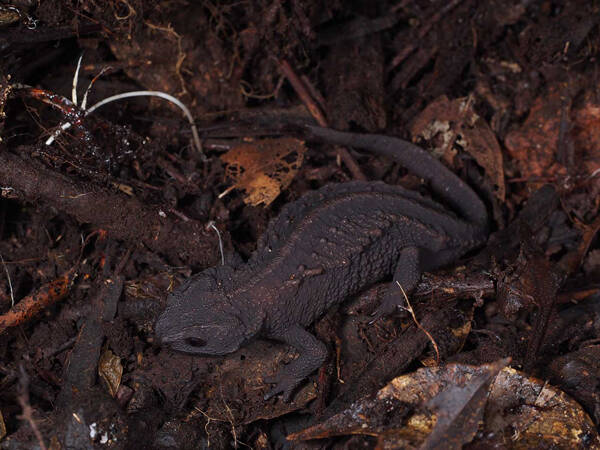
Echinotriton andersoni
Echinotriton andersoni,Anderson’s Salamander
Ryukyu Acanthus is an amphibian of the family Salamandridae and the genus Ac···
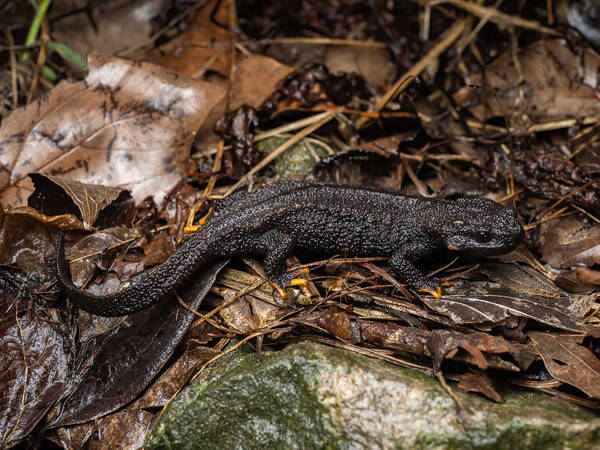
Echinotriton chinhaiensis
Echinotriton chinhaiensis,Zhenhai warty newt
Zhenhai Acanthus is an amphibian of the genus Acanthus of the family Salaman···
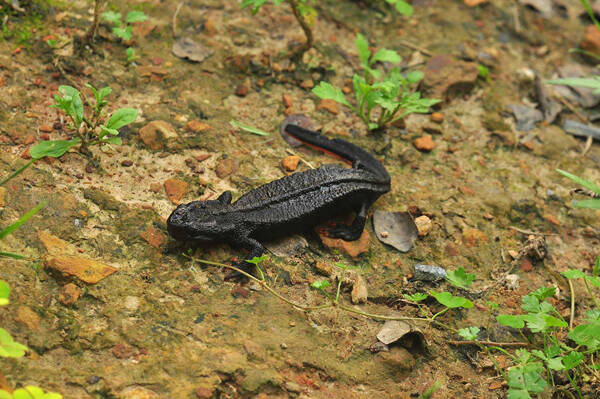
Yaotriton dabienicus
Yaotriton dabienicus
Dabie Yaozhi is an amphibian of the family Salamandridae and genus Yaozhi. I···
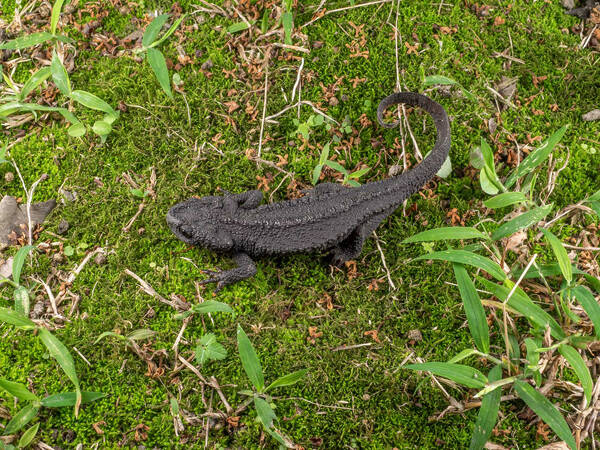
Yaotriton broadoridgus
Yaotriton broadoridgus
The broad-spine newt is an amphibian of the family Salamandridae and the gen···
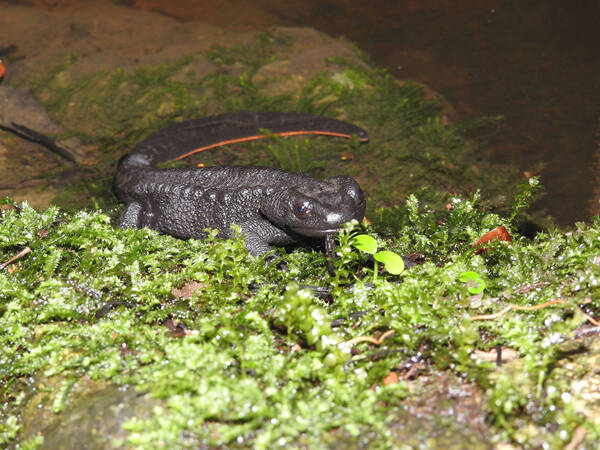
Yaotriton asperrinus
Yaotriton asperrinus
The fine-spotted newt is an amphibian of the family Salamandridae and genus ···
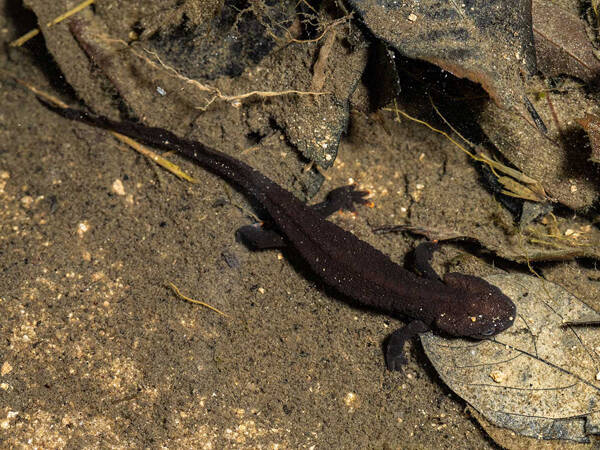
Yaotriton anhuiensis
Yaotriton anhuiensis
Anhui Yaozhi is an amphibian of the family Salamandridae and genus Yaozhi. I···
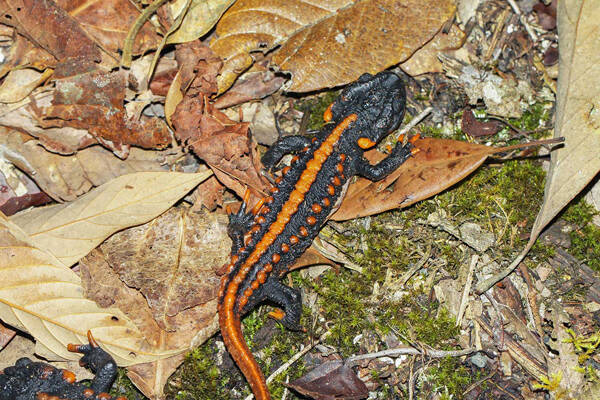
Tylototriton yangi
Tylototriton yangi
The Yunnan warty newt is an amphibian of the family Salamandridae and genus ···
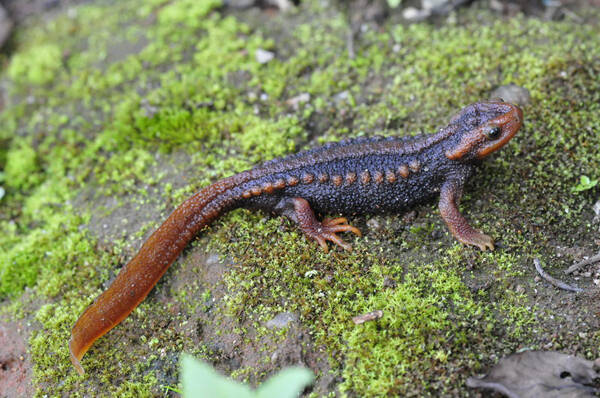
Tylototriton verrucosus
Tylototriton verrucosus,Himalayan salamander
The brown-black warty newt is an amphibian of the family Salamandridae and g···
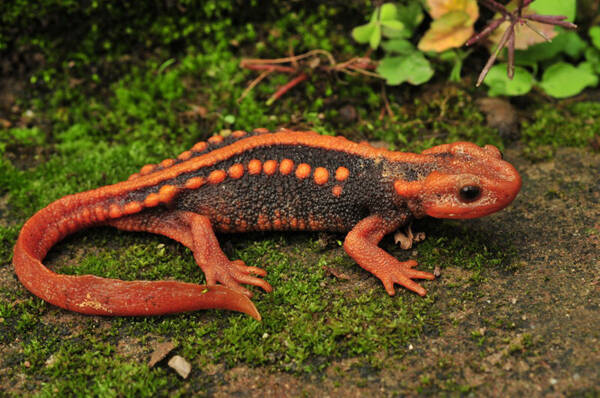
Tylototriton verrucoosus Anderson
Tylototriton verrucoosus Anderson, fine warty newt, golden unicorn newt, red gecko, water gecko, baby snake
Red warty newt is a tailed amphibian of the family Salamandridae and the gen···
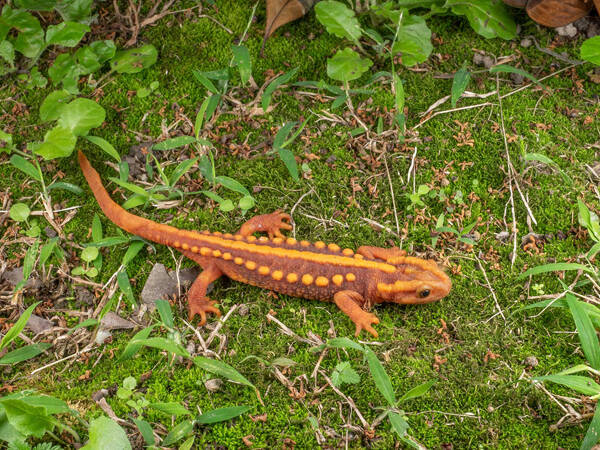
Tylototriton broadoridgus
Tylototriton broadoridgus
The beautiful newt is a tailed amphibian of the Salamandridae family and the···
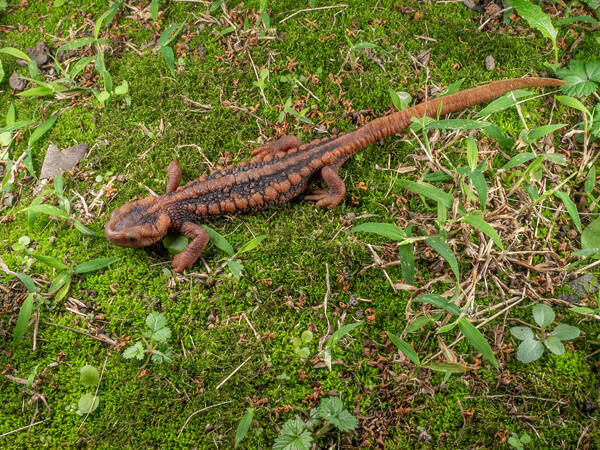
Tylototriton pseudoverrucosus
Tylototriton pseudoverrucosus
The southern Sichuan newt is a tailed amphibian of the Salamandridae family ···
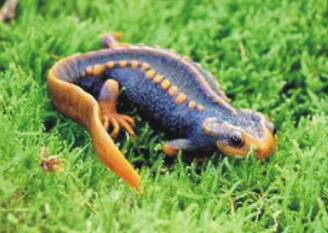
Tylototriton kweichowensis
Tylototriton kweichowensis,Miaopo snake, Tuha scale, painted stone
Guizhou wart newt is a tailed amphibian of the family Salamandridae and the ···
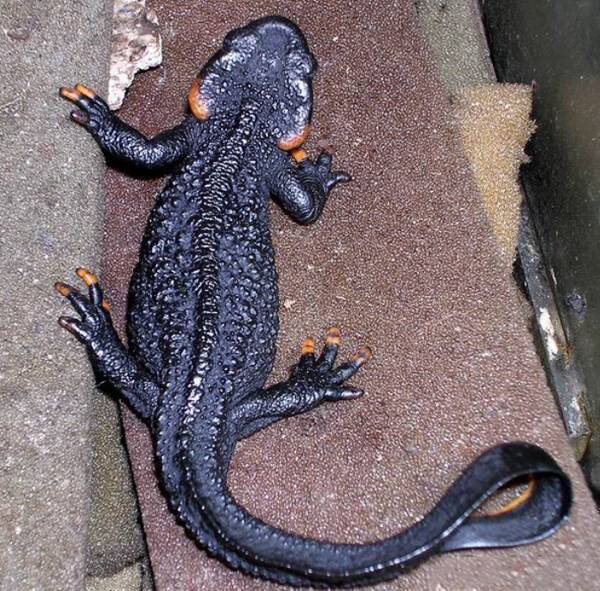
Liangshantriton taliangensis
Liangshantriton taliangensis,Taliang Knobby Newt,Tylototriton taliangensis,Daliang warty newt
The big newt is a tailed amphibian of the family Salamandridae and the genus···
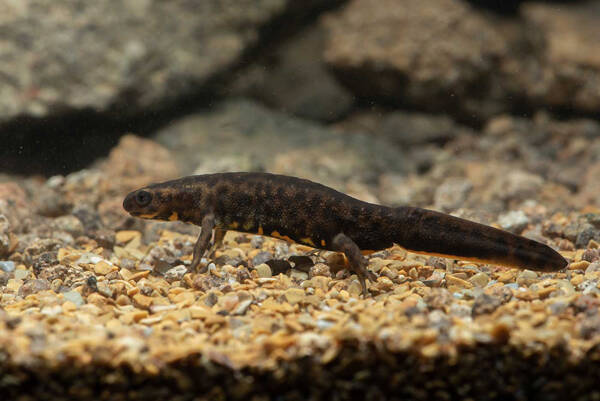
Cynops orphicus
Cynops orphicus,Shantou Salamander
The Chaoshan salamander is a tailed amphibian of the family Salamandridae an···
